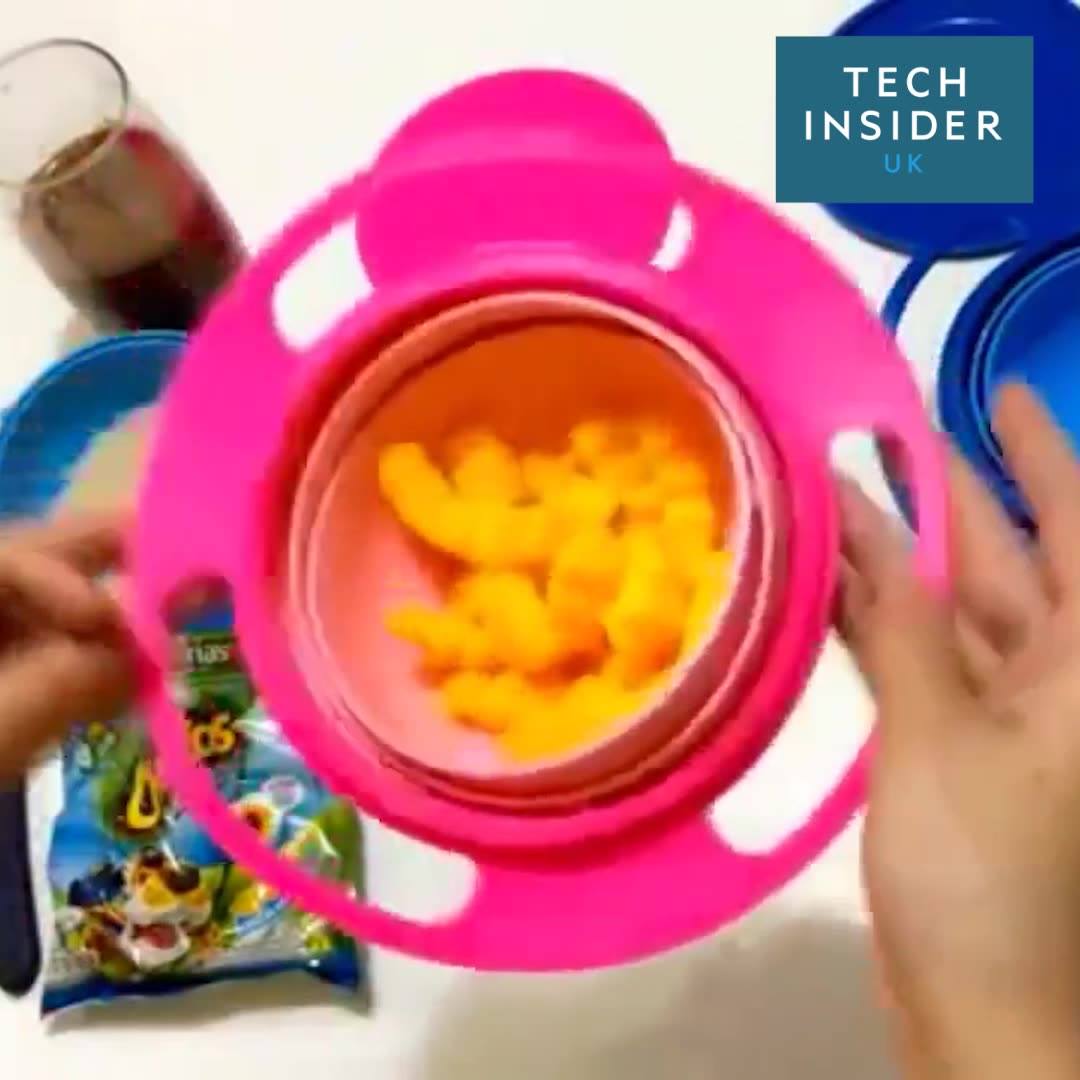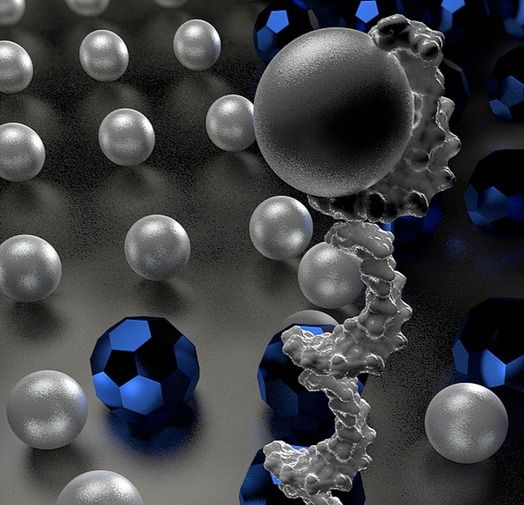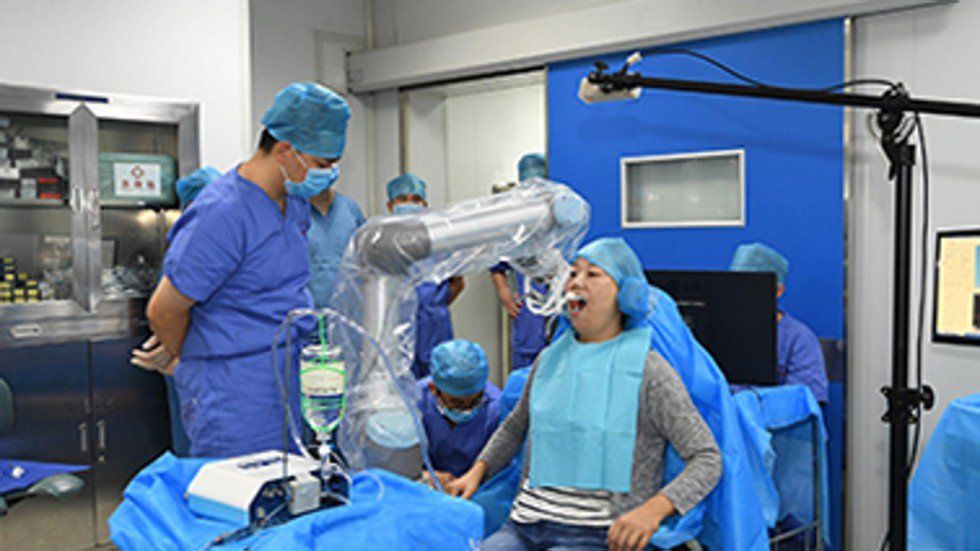Despite sounding like the most egregious contradiction in physics, hot water appears to freeze faster than cold water under certain circumstances. The phenomenon can be traced back to Aristotle himself, but after centuries of experiments demonstrating this phenomenon, no one’s been able to explain it.
Now physicists are pointing to strange properties of hydrogen bonds as the solution to one of the oldest mysteries in physics — but others are claiming the so-called Mpemba effect doesn’t even exist at all.
For a bit of background into the Mpemba effect, this phenomenon has been confounding physicists since Aristotle first noticed it more than 2,000 years ago.





